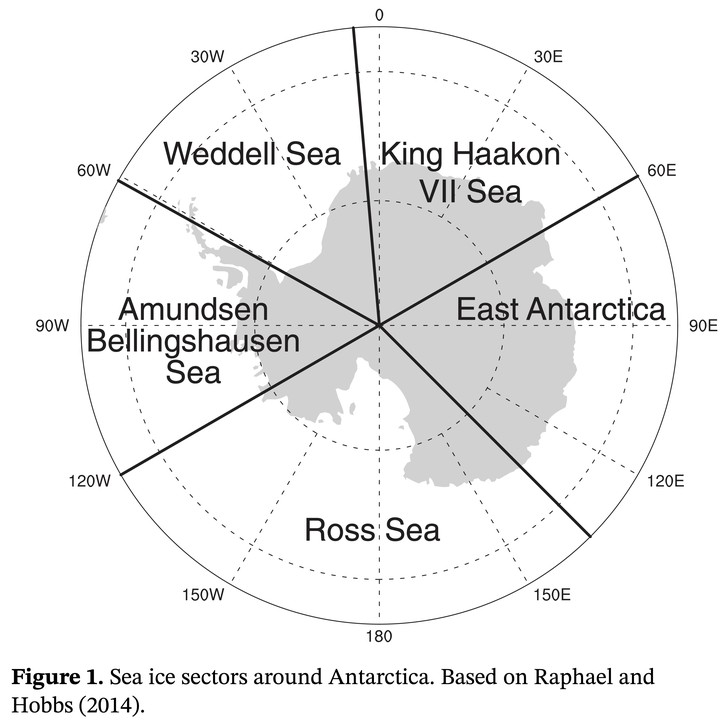An Assessment of the Temporal Variability in the Annual Cycle of Daily Antarctic Sea Ice in the NCAR Community Earth System Model, Version 2: A Comparison of the Historical Runs with Observations

Abstract
Understanding the variability of Antarctic sea ice is an ongoing challenge given the limitations of observed data. Coupled climate model simulations present the opportunity to examine this variability in Antarctic sea ice. Here, the daily sea ice extent simulated by the newly released National Center for Atmospheric Research (NCAR) Community Eart h System Model Version 2 (CESM2) for the historical period (1979–2014) is compared to the satellite-observed daily sea ice extent for the same period. The comparisons are made using a newly developed suite of statistical metrics that estimates the variability of the sea ice extent on timescales ranging from the long-term decadal to the short term, intraday scales. Assessed are the annual cycle, trend, day-to-day change, and the volatility, a new statistic that estimates the variability at the daily scale. Results show that the trend in observed daily sea ice is dominated by subdecadal variability with a weak positive linear trend superimposed. The CESM2 simulates comparable subdecadal variability but with a strong negative linear trend superimposed. The CESM2’s annual cycle is similar in amplitude to the observed, key differences being the timing of ice advance and retreat. The sea ice begins its advance later, reaches its maximum later and begins retreat later in the CESM2. This is confirmed by the day-to-day change. Apparent in all of the sea ice regions, this behavior suggests the influence of the semiannual oscillation of the circumpolar trough. The volatility, which is associated with smaller scale dynamics such as storms, is smaller in the CESM2 than observed.